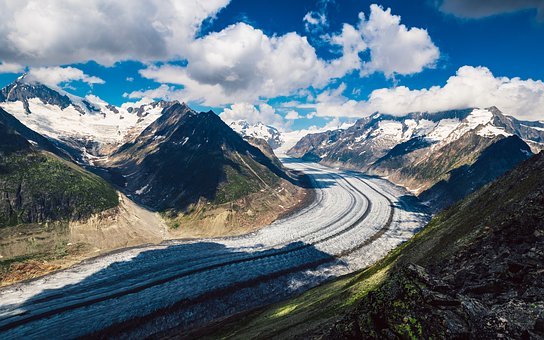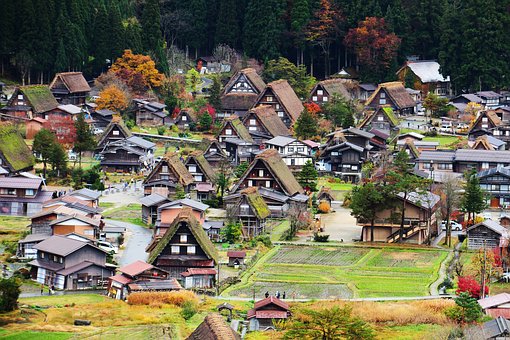What qualifies as renunciation? In Three Principal Aspects of the Path, the great master Tsongkhapa said: “The thought of attaining liberation, day and night without interruption, is renunciation.” This is a relatively high standard that is difficult to comply with right away. We will thus propose a lower standard of renunciation for now.
~Depicted from GATEWAY TO VAJRAYANA PATH - Entering the Vajrayana Path











